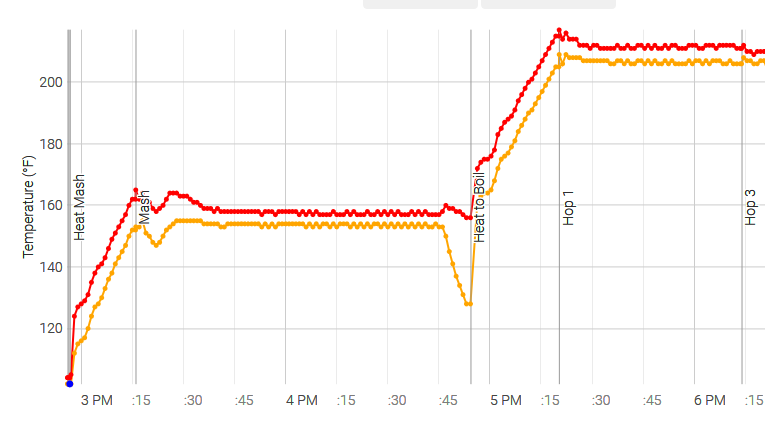I wanted to figure this out and was able to pull the source code from the Picobrew website and dig into it a bit more.
Your efficiency appears to be calculated based on which Mash Profile you choose to utilize.
If you use the Single Step Infusion Mash, the efficiency on the Zymatic is hardcoded to 0.55. However, the amount of H2O and mashThickness appear to be calculated & updated based on the grain bill. In this single step infusion mash, the grainLossPerLb is hardcoded to 0.104 - which affects the amount of H20 calculation needed in your recipe. Which also affects the mashThickness calculation of your recipe.
If you utilize the High-Efficiency Multi-Step Mash, the efficiency on the Zymatic is calculated based on your mashThickness, which is calculated from the amount of H20 needed. In the high-efficiency multi-step mash, the grainLossPerLb is hardcoded to 0.06. This, just like above, is utilized to then calculate the H2O needed and the mashThickness of your recipe.
The efficiency is then utilized to calculate out the gravity point contributions of each row of grain and so on...
I also found that a good chunk of this code was repeated and could've been pulled out into a function call... If anyone from Picobrew is looking for a programmer to maintain this code, just let me know.
If anyone else is interested in looking at the source code for the recipe crafter,
you can view the version as of posting here. The source code that I was reading from Line 1965 to Line 2003.
If people are interested in learning more from the script, I wouldn't mind looking into a calculation further for you all.

















































![Craft A Brew - Safale S-04 Dry Yeast - Fermentis - English Ale Dry Yeast - For English and American Ales and Hard Apple Ciders - Ingredients for Home Brewing - Beer Making Supplies - [1 Pack]](https://m.media-amazon.com/images/I/41fVGNh6JfL._SL500_.jpg)









